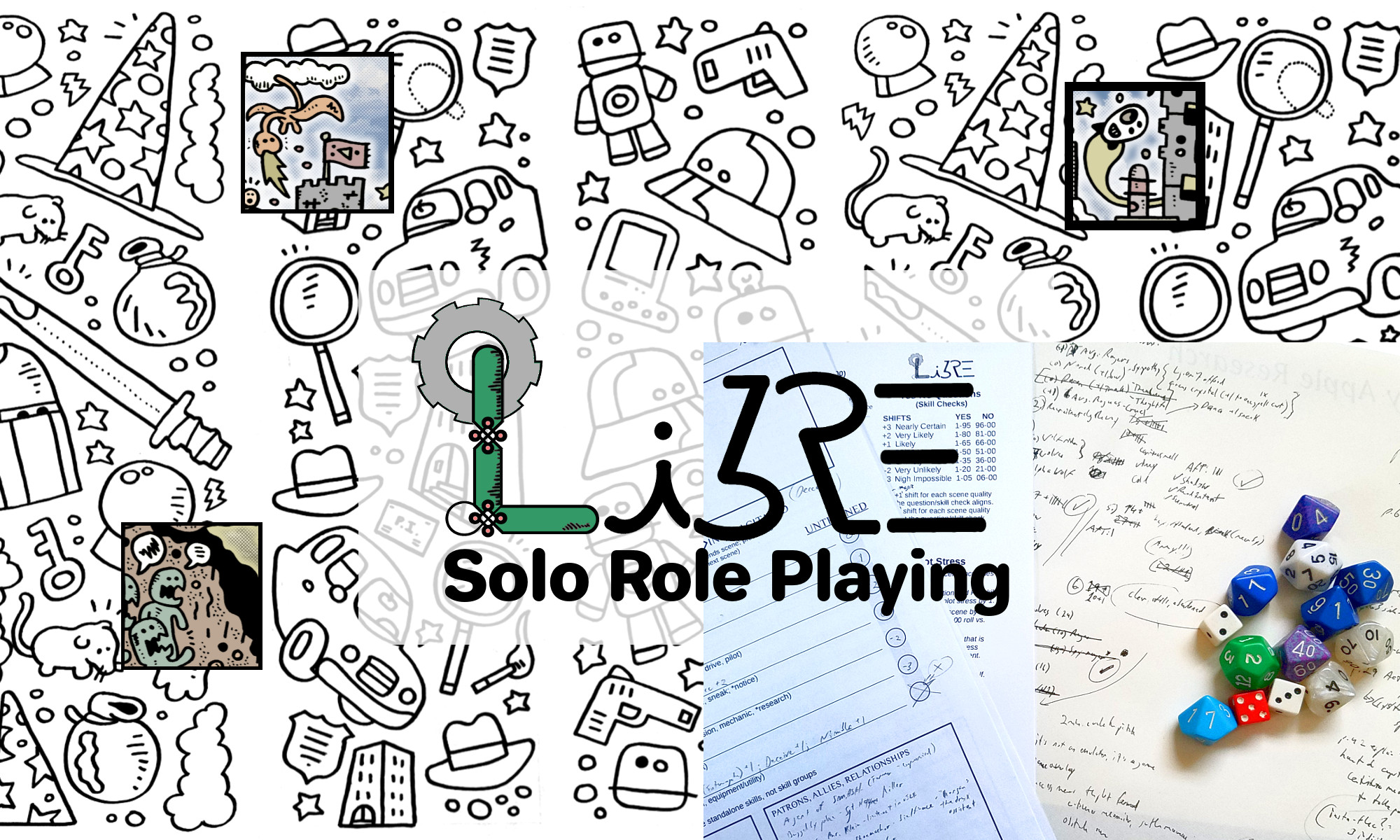I continued the Sutton Farm series, this time swapping out one third-party ruleset (a d20 lite hack) with another (the Savage Worlds RPG using just the core rulebook).
For Part 1, I focused on gameplay mechanics — the base layer for how the game works. For Part 2 (which is still a draft but will be cleaned up over time), I honed in on the logic layer — how and why I asked certain questions, when there were modifiers to skill check difficulties, and bonus/penalty shifts to yes-no questions.
For part 1, I didn’t write down all the possibilities for each yes-no question and skill check. I only stressed how important it is to get out in front of these rolls, to know what the possibilities are before picking up the dice to roll.
Part 2 is all about showing how to get in front of rolls: A very long extended example about thinking through questions or skill checks before picking up the dice. Personally, I believe it’s an important part of gameplay and makes for better storytelling if you map out why you’re rolling and what’s at stake first.
Also, where I rolled badly on Part 1, my luck in Part 2 was worse, better for yes-no questions but terrible for skill checks. The Savage Worlds RPG is forgiving compared to Libre’s RPG house rules, plus bennies! But I couldn’t hit basic target numbers if my protagonist’s life depended on it (which it did). After a string of bad luck and a close call with a massively powerful supernatural threat, I had the protagonist do the right thing: quit the mission and go home. And the final cutscene once again showed why there should always be a final cutscene to wrap up the game, at least if it’s under the player’s control.
Again, links to some documents of gameplay examples are over here.
